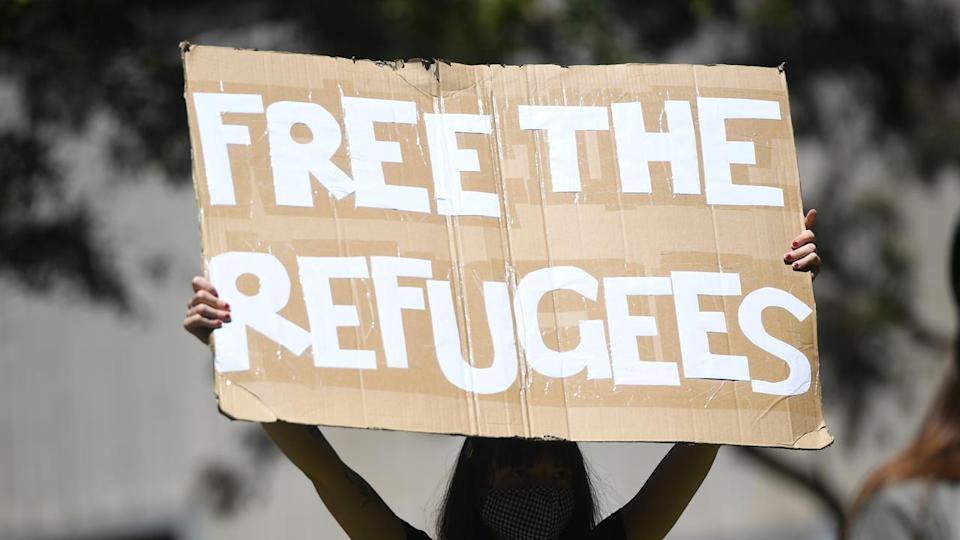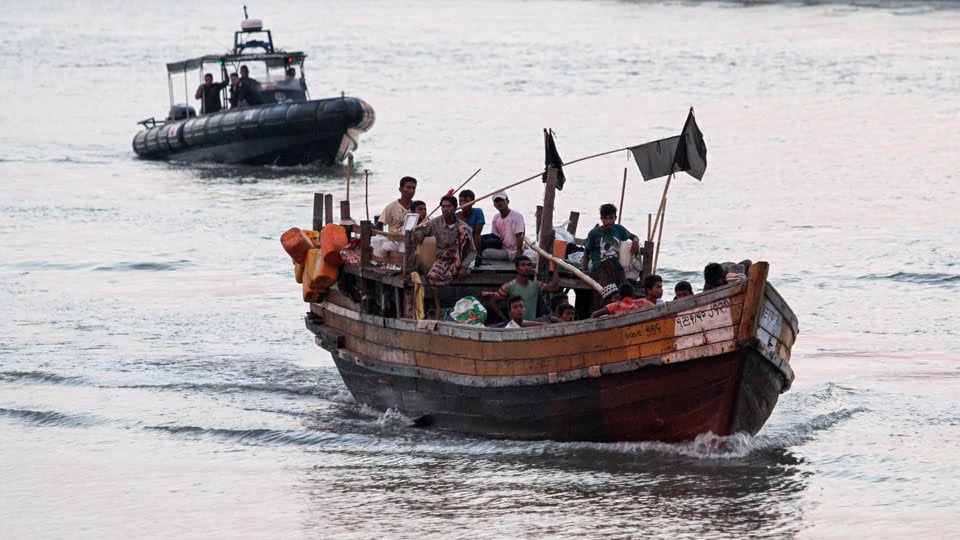Justice for the Biloela family is welcome but the appalling treatment of the Murugappans should never be repeated.
The Murugappan family should be granted permanent residency in Australia, regardless of whether they are owed protection or not. This should be done as recompense for the awful way that they, and particularly their children, have been treated. The government and the department subjected this family to over three years of notionally administrative detention for nakedly coercive purposes, hoping, no doubt, to convince them to give up their legal rights. This is an unacceptable way for a liberal democracy to treat very young children.
However, if nothing changes this will not be the last time this happens. As of January 2021 there were over 1700 children born to IMAs (‘Illegal Maritime Arrivals’) in Australia and all of these children are liable to be treated in exactly the same way. To avoid this happening again we need to rethink how we deal with asylum seekers in Australia.

It’s time to completely reset the asylum system in Australia.
Our plan
| 1. | Declare an amnesty for all existing asylum seekers and refugees, onshore and offshore |
| 2. | Give past applicants for asylum full residency rights |
| 3. | Restore Australia’s compliance with the Refugee Convention |
| 4. | Ensure all asylum claims are resolved within 6 months of arrival |
| 5. | Adequately fund the Immigration Department and the AAT to assess the asylum seeker claims that are made |
Why an amnesty?
It’s not a question of if we will have an amnesty for all asylum seekers in Australia, it’s a question of when and how much damage we’re willing to do before we accept that.
The stats:
- At present there are over 66,000 asylum seekers residing in Australia who have had their claims refused, .
- Each month the number goes up by around 1000
- Fewer than 30 people depart the country year
- By the end of this decade there will be over 150,000 people residing in the community, most with no legal status or rights.
- Every year compliance and detention costs $1.3 billion (up from $300 million under Labor) and is completely ineffective
The backlog:
- The Immigration Department’s so-called Legacy Caseload of IMAs still hasn’t been fully assessed
- The department is so far behind in the air arrivals that it will take 8 years to catch up, at current rates
- The AAT is so overwhelmed with assessing refusals it will take 12 years to clear the backlog
This will be a substantial underclass that will likely become the politically divisive issue of the 2030s. We should do what we can to avoid this fate.
To be clear, this isn’t down to a lack of government spending on coercive measures to remove people from the country.
What those numbers should make clear is that we cannot deport our way out of this situation without wasting eye-watering amounts of money and causing substantially more damage to young families similar to the Murgappans. It’s important to remember, misery rarely comes cheap. The only realistic option available to the government is to provide amnesty, including full residency rights, to past applicants and ensure that the system is not allowed to be overwhelmed like this in the future.
Won’t this undermine the principles of refugee law in Australia?
Law exists to achieve social goals. The value of enforcing a law cannot be considered outside of the goal it is supposed to be achieving. In terms of the assessment of refugee claims, the law is there to ensure that the Refugee Convention is not abused. Sadly, the hopeless inefficiency with which the Coalition has gone about dealing with asylum applications means this goal has been fatally undermined.
What do I mean by inefficiency? Well, despite being in government for almost 8 years, the so-called Legacy Caseload of IMAs still hasn’t been fully assessed. The department is also so far behind in the air arrival space that it will take them a full 8 years to catch up, if applications stay at the levels they are at during the pandemic. Worst of all, though, the Administrative Appeals Tribunal (AAT) is so overwhelmed that it would take 12 years to assess every refusal, and every probable refusal, if all applications for asylum stopped today. The AAT stated in their annual report that there is no way they can clear the backlog without significant increases in resourcing and changes to legislation.
All of this has meant that the number of people making weak asylum claims has increased exponentially. When Labor was last in power around 1 out of every 3 people who claimed asylum after arriving by air were found to be refugees, now that number is lower than 1 in 10. There is some evidence to suggest that this has been caused by people using the asylum system to maintain residence in Australia have increasingly crowded out people in genuine need of protection, sometimes making them wait years to have their case heard.
Surely the pandemic will fix this problem for us?
Surprisingly, no. Despite borders being closed for 15 months applications from asylum seekers who arrived by air have remained stubbornly high at an average of around 1000 a month. This has resulted in there being more asylum claims from air arrivals in the first 9 months of the 2020-21 year than there was in the entirety of the last year of the Labor government.
This shows no signs of slowing down. In the latest statistics, for May 2021, there were 991 applications.
The reduction in applications during the pandemic can help us get on top of the asylum system, but only with government will and attention. Sadly, so far, this has been completely lacking.
What would be a better system?
An efficient one. Currently asylum seekers can wait over 5 years for their initial interview to have their claims assessed. During this time they’re left in community, building a life and integrating with Australian society, just like any other migrant would. At this point randomly selecting people for extreme coercion and hoping that will convince them to leave is absurdist and cruel.
A system that sees all claims finally determined within 6 months would be much more likely to persuade those who are found not to engage Australia’s protection to leave. It would also likely dissuade people with tenuous claims from applying, reducing overall costs and leading to a more efficient system in the long term.
If an amnesty is provided, all this will require is maintaining current staffing levels at the department and increasing resources at the AAT so that they can actually assess the numbers of asylum seekers we have every year.
This is a worthy goal as the main beneficiaries will be genuine refugees. Rather than waiting for years in a constant state of anxiety an efficient system will allow them to achieve safety and move on with their life, a goal we should all support.
What about the boats?
Obviously nothing in the asylum space can be discussed without the incumbent government attempting to use the spectre of ‘the boats’ to shut down any reasonable policy discussion. This is often accompanied by apocalyptic predictions of calamity from the Department of Home Affairs, which would never dare to produce advice that the government finds politically inconvenient.

Whilst boat turnbacks remain in place, people smugglers are no longer able to convince refugees to pay thousands of dollars for a service that they cannot provide.
After seven years of smugglers failing to break through the blockade it’s a question that the government and department need to provide a coherent and plausible answer to. Until such an explanation is forthcoming, the doomsday predictions they espouse can, and should, be completely ignored.
In the meantime, regardless of views on turnbacks themselves, whilst they’re in place the cover they provide should be used to finally normalise the status of all asylum seekers in this country.
photo top ABC

